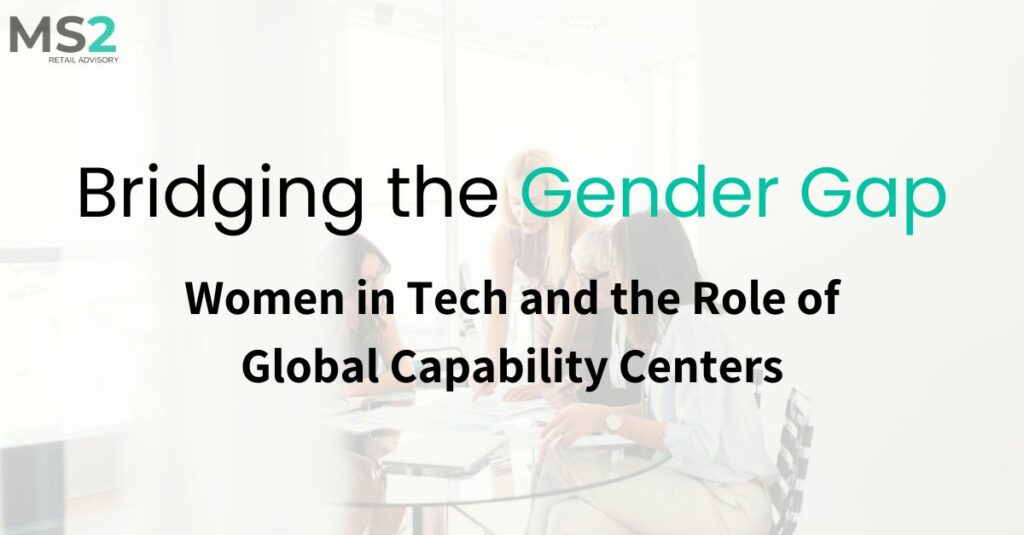Global Capability Centers (GCCs) are big players in tech, pushing for more diversity and inclusivity. With over 1,580 GCCs already in India, they offer hope for women looking to thrive in tech. But, under the surface, there are still challenges we need to face.
Closing the Gap Between Perception and Reality: We’ve made some progress, sure. Women’s participation in GCCs is higher than the national average, at 35%. But surveys show that many women in tech feel companies aren’t really doing enough for diversity. There’s a big difference between what companies say and what women experience. Data reflects a stark gender gap with 3.61 million males compared to 2.05 million females. This disparity arises from various challenges faced by women, including limited educational opportunities, unequal pay, safety concerns, societal norms, discriminatory practices, and inadequate support for upskilling and returning to work.
Even as we celebrate strides toward fairness between men and women, it’s important to recognize the hurdles that women still face at work. Despite progress, many women encounter obstacles that hold them back. This discussion will focus on three main challenges: biases in hiring, unequal pay, and the lack of women in top jobs. By looking at these issues with straightforward language and facts, we’ll highlight the ongoing need to make workplaces fairer and more welcoming for everyone.
- Gender stereotypes in hiring: About 45% of women face biases during interviews because some people still believe certain jobs are better for men.
- Unfair pay: Studies show that 42% of women feel undervalued at work because they often get paid less than men for the same work.
- Underrepresentation in top positions: Only 20% of women hold top positions in companies, partly because they don’t always get the same chances for promotions or leadership roles as men.
Finding Opportunities in Smaller Cities: Big companies are now setting up offices in smaller cities, not just big ones like Bangalore and Hyderabad. They’re doing this because smaller cities have talented people, good infrastructure, and nice office spaces. This change helps companies save money and gives more jobs to people, especially women in smaller cities.
Shift towards Tier 2 cities: Multinational corporations are redirecting their focus from Tier 1 cities to Tier 2 cities for establishing Global Capability Centers (GCCs).
- Factors driving the shift: Abundant talent pool, improved infrastructure, and attractive real estate opportunities are key factors fueling this transition.
- Confidence amidst uncertainty: Despite global economic uncertainties, this shift reflects growing confidence in the potential of Tier 2 cities as viable business destinations.
- Reduced Total Cost of Operations (TCO): Business operations in Tier 2 cities offer cost advantages, contributing to reduced TCO for multinational corporations.
- Location diversification benefits: The trend towards establishing GCCs in Tier 2 cities benefits both companies and the workforce by diversifying business locations and enhancing opportunities for talent.
When companies open offices in smaller cities, they create jobs and help those places grow. They also give more women the chance to have important jobs, which makes society better overall. Big companies can show others how important it is to have different kinds of people working together. By hiring from smaller cities and making sure everyone has equal chances, they set a good example. By doing things like mentoring new employees, encouraging different kinds of jobs, and making sure everyone is treated fairly, big companies can make a big difference. They can make the tech industry better for everyone.

